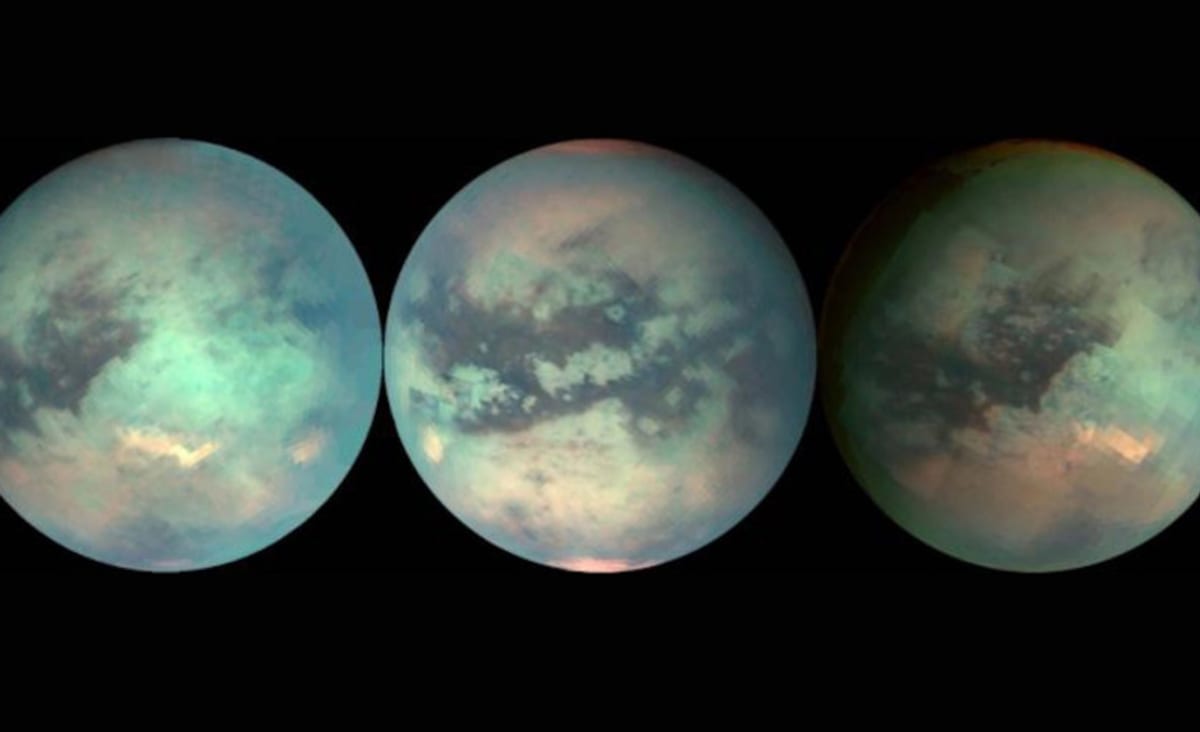
interestingengineering.com
Scientists uncover why Saturn's moon Titan is so similar to Earth
Drawing from data collected by the famous Cassini mission.
Science & Tech
Saturn's moon Titan has some surprising similarities to Earth.
It has rivers, lakes, seas, and rainstorms, though these are composed of liquid methane rather than water.
Now, a new study from researchers at Stanford University delves into the enigmatic mysteries of the Moon, a press statement reveals.
An Earth-like moon
For years, scientists haven't been able to explain how these Earth-like landscapes — including sand dunes made of hydrocarbons — formed on Titan's surface. The Moon's sediments are theorized to be composed of solid organic compounds, which are more fragile than the silicate-based sediments found on Earth. That means they shouldn't be able to form such varied structures on the Moon's surface.
The Stanford team studied a type of calcium carbonate sediment called the ooids, which are found on Earth, in a bid to better understand how Titan's surface is so similar to Earth's. They found that it is likely down to wind, seasonal change, and sintering — the process of forming a solid mass of material through heat and pressure without that material melting.
"We hypothesized that sintering — which involves neighboring grains fusing together into one piece — could counterbalance abrasion when winds transport the grains," study lead Mathieu Lapôtre explained in Standord's statement.
Ooids are typically found on Earth in tropical waters where they are formed in fine grains. They maintain a consistent size due to the fact that they accrete material via chemical precipitation at the same time as eroding in the sea. The Stanford researchers believe a similar process may be occurring on Titan.
Cassini data provides new insight into Titan's Earth resemblance
The team — who published their findings in Geophysical Research Letters — also analyzed data from Titan recorded during the Cassini mission, and they found that winds were more common around the moon's equator.
This created the conditions required for the formation of dunes. On other parts of Titan, lower winds allowed sedimentary rock to form, which would then be eroded into finer sediments.
The researchers also believe Titan's seasonal liquid transport cycle plays a key role. "We're showing that on Titan — just like on Earth and what used to be the case on Mars — we have an active sedimentary cycle that can explain the latitudinal distribution of landscapes through episodic abrasion and sintering driven by Titan's seasons," Lapôtre said.
"It's pretty fascinating to think about how there's this alternative world so far out there, where things are so different, yet so similar."
























































